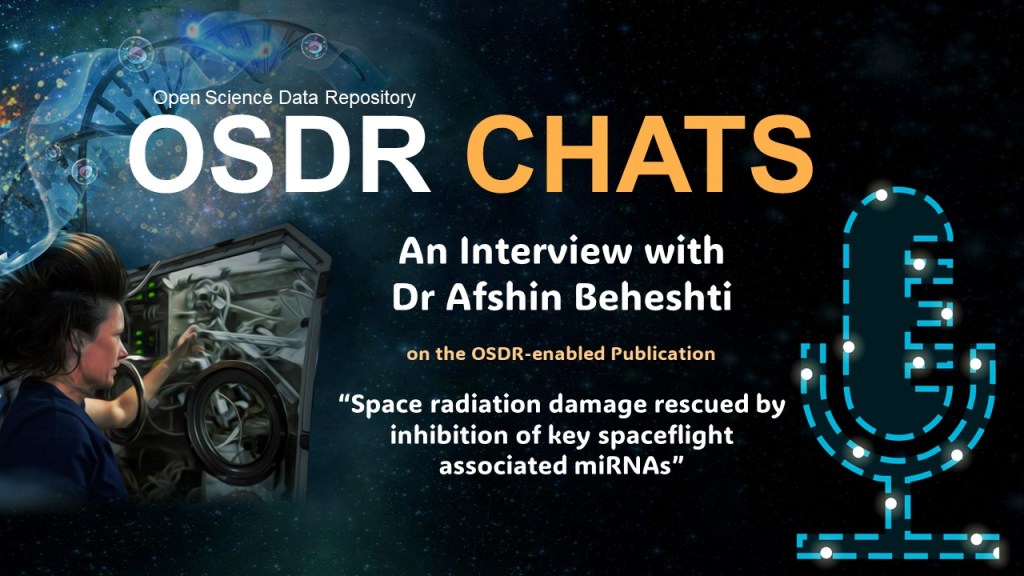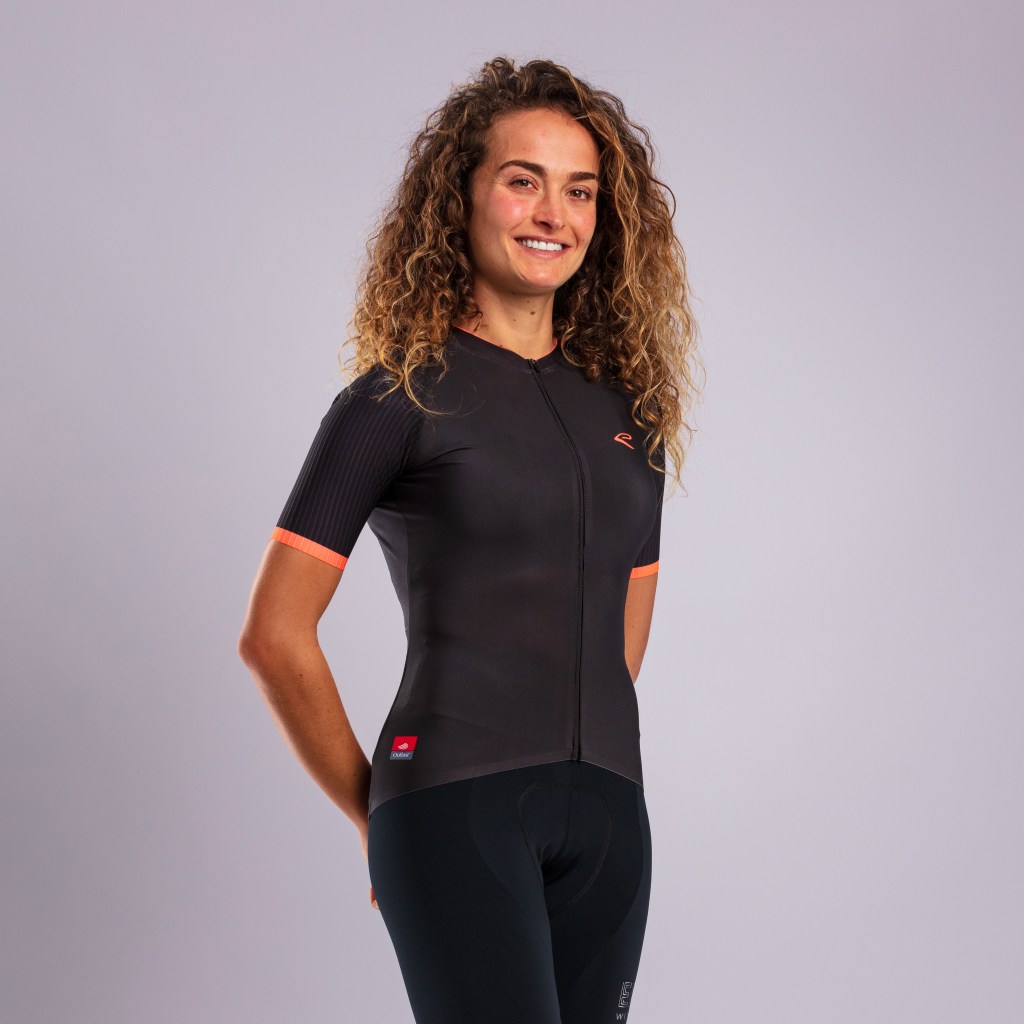Monday's planned drive positioned Curiosity with a new workspace to investigate. We have left the Marker Band, with Natalie's blog nicely summarizing our campaign there. As a physicist and spectroscopist by training, I find myself looking more at the analytical data, in particular X-ray fluorescence data, acquired on rocks, than the rocks themselves. But there was something about the primary rock target in today's workspace that kept my eyes glued. Not so much its shape, but its texture. We've seen this before, sure, but there was a certain textural je ne sais quoi of this rock for me. Not only the layers, but the ruffled edges. I couldn't put my finger on what in everyday life it reminded me of, so, I did the only logical thing one can do in such a situation: ask my 5- and (nearly) 3-year-old nieces in Canada what the rock in tosol's blog image reminded them of. They said waves and a rock, respectively.
Today's two-sol plan focused on brushing and acquiring APXS compositional analyses of this rock, specifically one spot named "Marabitana." Curiosity then acquired images of the brush with Mastcam before acquiring further images of Marabitana as well as "Owenteik," "Itapaiuna," "Uaila," "Mocidade," "Xeriuini," and "Anaua," with ChemCam acquiring laser analyses of Anaua as well. In the early afternoon when the lighting was just right, Curiosity acquired several MAHLI images of Marabitana, including one planned only 1 cm above the surface. The arm was then stowed, and Curiosity commenced a planned drive of roughly 15 m in parallel with DAN performing active bombardment of Mars with its neutrons. At the end of the drive, MARDI snapped an image beneath the rover as Curiosity concluded its sol 3778 activities. The second sol of the plan contained passive analyses by DAN, automated laser targeting analyses by ChemCam, and environmental science using ChemCam, Navcam, Mastcam, and, of course, REMS.
We shall see what Friday's workspace has in store. I'd wager more "waves and rocks," but I'll defer classification to the same experts.
Written by Scott VanBommel, Planetary Scientist at Washington University



































